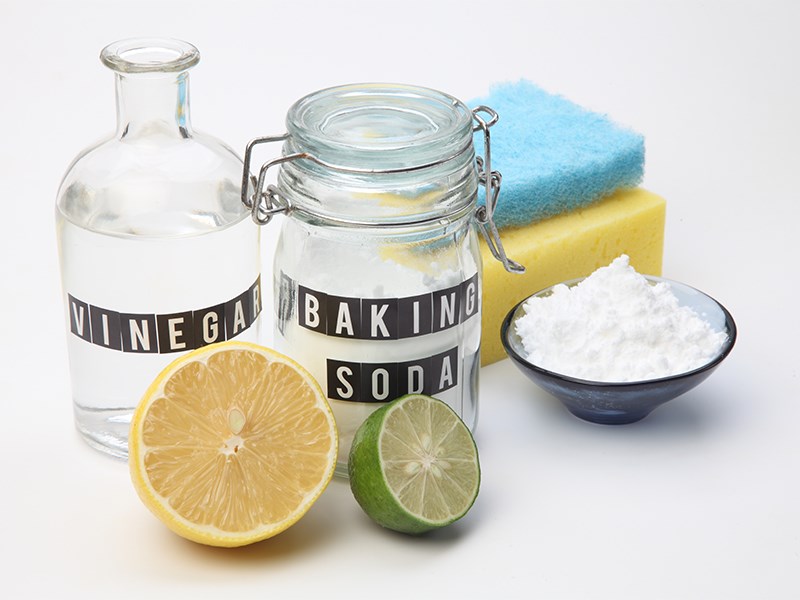Do you lie awake at night wondering if your countertops are covered in a boatload of harmful bacteria? Does the thought of what could be breeding in your dishcloth creep you out?
If so, you might be tempted to douse your household with germ-killing cleaners to keep your family safe. But how safe are the products that line our cleaning closets and lurk under kitchen sinks?
Some of the most common chemicals used to sanitize our homes include a long list of items that could qualify for a spelling bee: selenium (linked with neurodevelopment damage), butoxyethanol (carcinogenic), phthalates (linked with hormone disruption), triclosan (an antibacterial connected with disrupting thyroid function) and methylisothiazolinone (potentially allergenic when contacting skin).
Even so-called green cleaners can be laced with harsh chemicals that are overkill for the common countertop.
When it comes to cleaning your home, if you cannot cook with the ingredients in your cleaners, you should probably avoid using them altogether. Most homemade cleaners can be put together from a combination of lemon, baking soda, corn starch, vinegar, aromatic plant oils (like lavender or eucalyptus), salt and olive oil.
With these ingredients, everything from all-purpose bathroom cleaners to air freshener and drain cleaner can be made. The bonus of making your own cleaners is less packaging waste. Ingredients can be purchased in bulk and containers from the recycling box can be used to blend them up.
To get started, try these green-cleaning methods:
• Add orange peels to some vinegar for a grease-cutting glass cleaner. Add two teaspoons of the vinegar to about one litre of water to make it last longer.
• Apply baking soda to a damp sponge to remove mould and marks from most surfaces. Repeated applications go the extra mile to reduce staining.
• Plenty more recipes can be found online.
Rest easier in your naturally sanitized living space knowing the cupboards are no longer filled with a toxic landscape of chemicals.
Let’s Talk Trash is Powell River Regional District’s waste-management education program.



